THE SOCIAL TURN IN ART
BY
John Molyneux
[T]he basic concern . . . was to move away from the idea of the art work as a finite object to be perceived in aesthetic terms by an individual understood as ‘passive spectator’. Instead, the work of art was understood to variously incite, prompt or provoke the audience in such a manner as to transform it from distanced spectator to full and active collective participant in an open-ended socio-political process, performance, encounter, or experience.
This ‘turn’ has, as Bishop has shown, many antecedents, stretching back to Italian futurism, Dadaism and the Russian Proletkult, as well as to the so-called ‘happenings’ of the sixties and, as McKee demonstrates, to much US activist art from the late eighties onwards. But since the turn of the century, it is an approach that has dominated what might be called the radical avant-garde, and it is now clear that this has been a major shift, not just a passing fad.
One key moment in its development was Nicolas Bourriaud’s theorisation of ‘relational aesthetics’ in his book of the same name. Another was the ‘Battle of Seattle’ in 1999, a dramatic confrontation which stopped the World Trade Organisation meeting in that city, and which announced the birth of a new alterglobalisation or anti-capitalist movement in the United States and then internationally. It thus signified the reconstitution and reemergence of an international radical Left after the defeats of the seventies and eighties and the ‘collapse of Communism’, a process since continued by Occupy, Black Lives Matter, #MeToo and the Women’s Marches, Bernie Sanders and many others.
Bourriaud offers these definitions:
Relational (aesthetics): Aesthetic theory consisting in judging artworks on the basis of the inter-human relations which they represent, produce or prompt.
Relational (art): A set of practices which take as their theoretical and practical point of departure the whole of human relations and their social context, rather than an independent and private space.
On the face of it, there is a strong similarity here with the distinctive characteristic of Marxist aesthetics – the focus on human social relations. But by ‘relational art’ Bourriaud doesn’t mean an art that was about social relations in the sense that Rembrandt’s, Goya’s and Manet’s were. He means art like that of Rirkrit Tiravanija, Félix González-Torres and Carsten Höller, which induces viewer participation in the work as a necessary component of its completion and thereby stages a collaboration in the creation of an interhuman relationship. Thus Tiravanija made a work in which he presented the viewers/participants with the ingredients for a Thai curry and asked them to make the curry, with the whole process constituting the work.

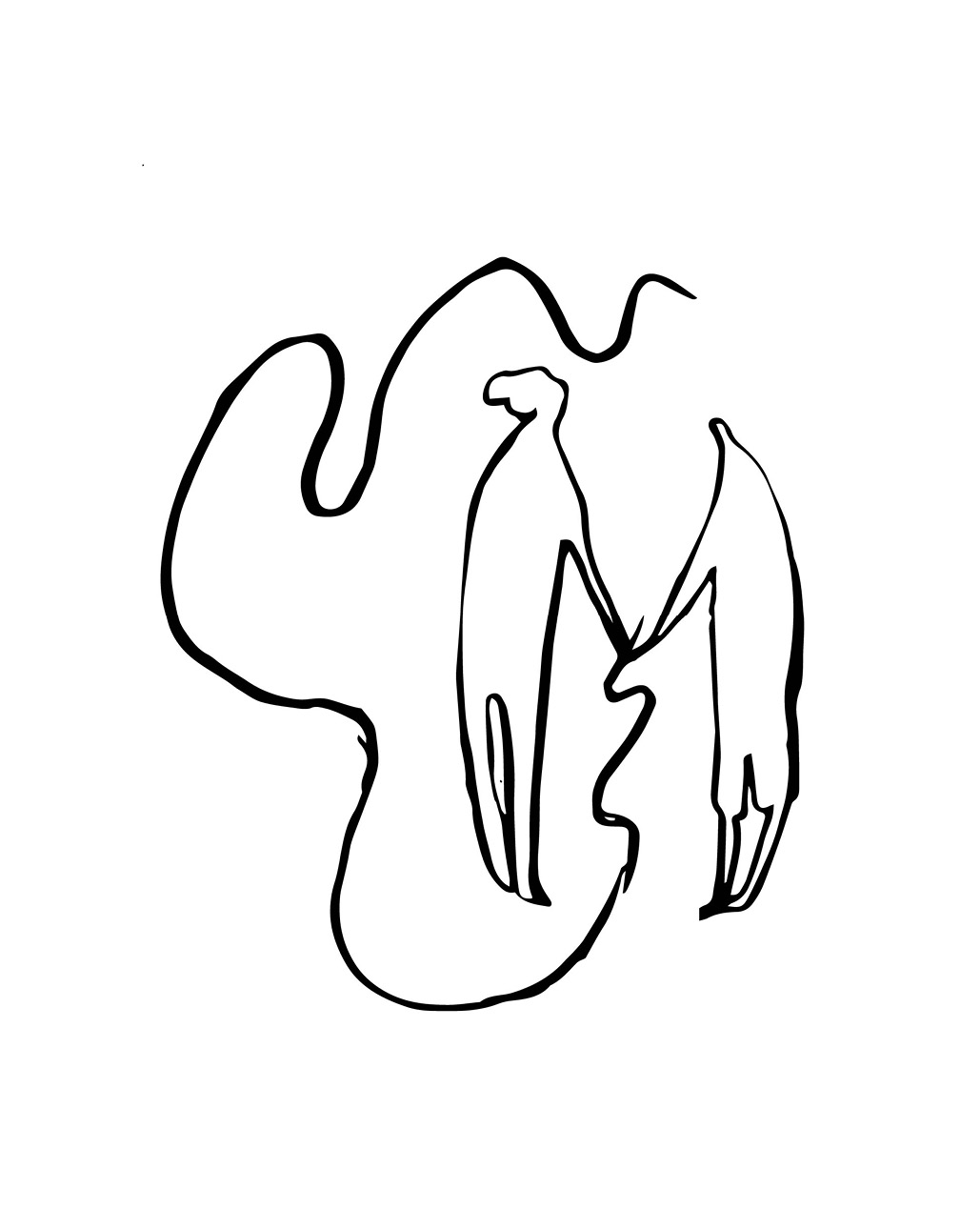
The times I live in are bleak
When an unwrinkled brow denotes insensitivity . . .
And a conversation about trees is almost a crime
For what it leaves unsaid.

Where does the funding for such community projects come from? Does the source, for example, local government in some form, set limits on the radicalism of the work, in either political or artistic terms? Is the collaboration with laypeople genuinely egalitarian, or mere window dressing masking the ‘artist’s’ real control? And if it is the former, how does this impact on the radicalism of the work? Again, the danger of worthy blandness raises it head.
That this was not universally the case is shown, for instance, by Jeremy Deller’s 2001 reenactment of the Battle of Orgeave, from the British Miners’ Strike of 1984–5.
Second, there has been a very considerable political radicalisation of artists and at least some of ‘the art world’. There have, of course, been many radical moments in the history of modern art – 1848, Courbet and the Paris Commune, the Russian Revolution and its aftermath with suprematism, constructivism, surrealism, George Grosz and John Heartfield, the Mexican muralists, some of the sixties and so on. It is in the nature of art that this should be so. However, compared to the 1980s and ’90s, the shift has been dramatic, and the politicisation has been not just in the artists but in their work. And this has occurred both within the established art world (the galleries, etc.) and outside it.
In his book Strike Art, which is by turns fascinating, challenging and irritating, Yates McKee tracks, at least for the United States and, especially New York, ‘a dual process wherein artists have at once withdrawn from art as defined by the contemporary art system, and reinvented art as a force of radical imagination and direct action’. In short, artists have become activists and taken their art with them to visually aestheticise protests, sit-ins, rallies, strikes and so on.
Again one can say this is not new: think of Heartfield’s ant-fascist photomontages, of Peter Kennard’s with the British peace movement, or the students’ silk screen posters in May ’68. But the sheer scale of the process in the United States makes it significant. The centrepiece of McKee’s account and, in his view, the high point of this art activism is the mass occupation in autumn 2011 of Zuccotti Park, in the Financial District of Manhattan.


However, I’m not in principle averse to the notion of Occupy as constituting in its totality a work of art. In terms of the criteria for a Marxist theory of art– art as the product of unalienated labour, striving for a unity of form and content – it is the second term of this definition that causes a problem. Can an event or process which contains so many diverse actions and elements, many of them uncoordinated by any collective will, really achieve anything approaching a unity of form and content? Perhaps some elements of it can.
Certainly that is what many of the organisers were striving for, insofar as they wanted the operation of the camp to prefigure the cooperative, creative and democratic future they envisaged. This question does not require a definitive answer here, but McKee’s proposition identifies a process of the aestheticisation of political action that can take many forms.
Another feature of McKee’s narrative is the artistic character of many of the artefacts and paraphernalia of left movements: banners, posters, placards, flyers, and the like. Again, this is not, in principle, anything new. Many of the early banners of the British trade union movement had an indisputably artistic character, and one recalls the role played by creative design skills in the Anti-Nazi League in the seventies and the Stop the War Coalition in 2003.
But is this tendency on the increase? McKee would suggest it is. One reason for his emphasis on this is the strategy that the Occupy camp embodied, one which McKee, along with many anarchists, advocates: prefigurative organising. There is a name for this strategy in the Marxist lexicon, namely ‘utopian socialism’, and it stretches back to Saint Simon, Fourier, and Robert Owen. It is the idea, also prevalent in the communes of sixties, that it is possible either to escape from capitalist social relations (to the countryside, usually) or to carve out ‘autonomous’ spaces in the interstices of the system where prefigurative egalitarian politics and/or living can be practiced. Politically, Marxists, while not denying it any progressive character, have always pointed to the limitations of this strategy. On the one hand, it is a minority strategy, not open to the mass of the working class, and as such it contains no mechanism for actually defeating the ruling class and its state. On the other hand, as with the communes, cooperatives and phalansteries of the past, the longer the prefigurative ‘autonomous space’ is maintained, the more it becomes subject to and corrupted by the economic and social pressures of capitalism. It is significant here that the occupation of Tahrir Square in the Egyptian Revolution earlier in 2011, which served as an inspiration for Occupy, was primarily engaged not in prefiguration but in a literal life-and-death struggle with the Mubarak regime, and its police and its thugs; and that movement was able, by virtue of its mass character, to win that struggle at least temporarily. But the role of art in Tahrir and in the Egyptian Revolution, while not nonexistent, was much more subordinate to the role of fighting.

But the weakness of utopianism as a political strategy does not necessarily correspond to its weakness in art. Utopian impulses, from William Morris to Fernand Léger and beyond, can undoubtedly generate important art. Nevertheless, there are problems here too. McKee himself describes how following the eviction of Occupy, many of the artistic energies involved in Zuccotti Park returned to a focus on and within the art world. Illuminator projected the figure of the 1 per cent on the walls of the Guggenheim Museum and Global Ultra Luxury Faction (GULF) staged carefully, and beautifully, choreographed interventions within the gallery space. There may be nothing wrong with this in itself, but it marks a partial retreat from the ‘withdrawal from art as defined by the contemporary art system’ and ‘the reinvention of art as a force of radical imagination and direct action’ proclaimed by McKee. A different but parallel phenomenon is the way in which Banksy’s once-illegal street art is now selling for huge sums. It shows that in the dialectic of democracy and elitism, the pulling power of elitism within contemporary art (even among those ostensibly most committed to the opposite) has not disappeared, and will not disappear, while capitalism survives.

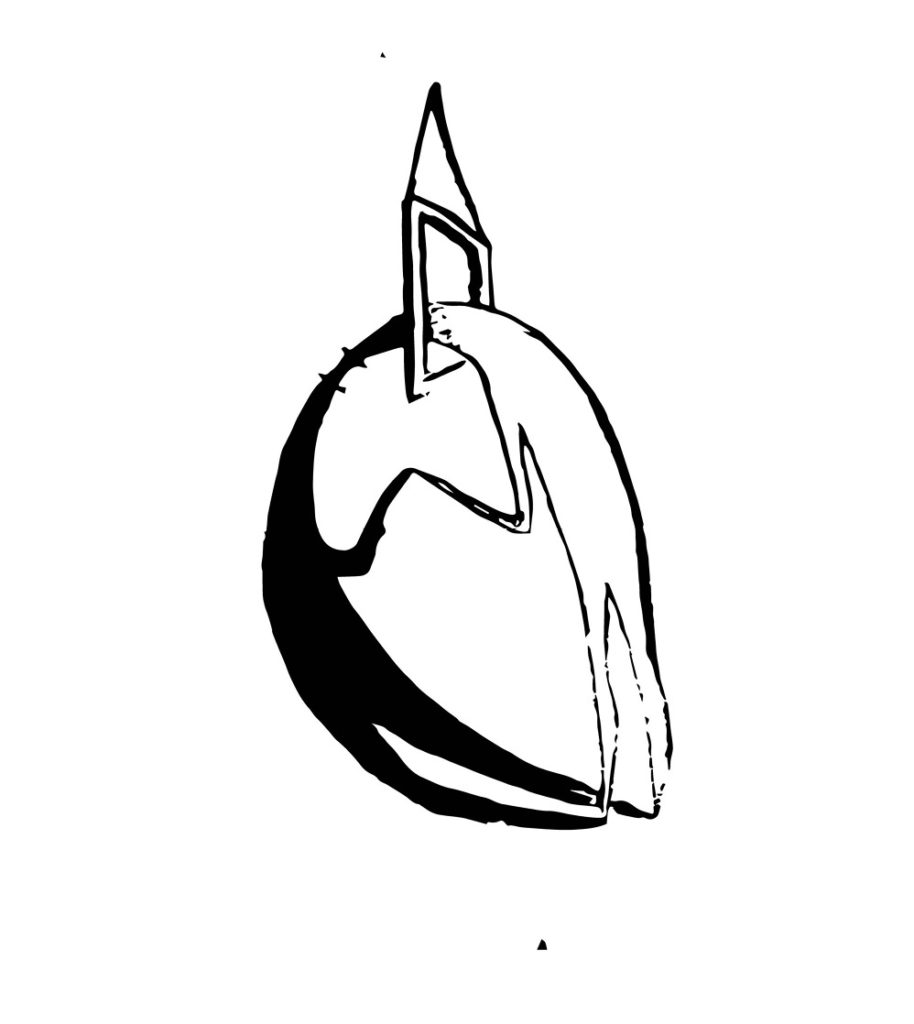
There remains to discuss one overarching problem with the art of the social turn as a whole: namely its overall failure to produce visually powerful art objects. This failure is not absolute, but compared to other art movements, it is real. Compared, for example, to the YBAs, the artists of the social turn are more ethical and politically aware. But where are the memorable images to stand with Hirst’s Mother and Child Divided, Emin’s My Bed or Whiteread’s House? This absence was very evident in the Turner Prize show at the Tate Britain in 2018. The exhibition featured four nominees: Forensic Architecture, Naeem Mohaiemen,
Charlotte Prodger, and Luke Willis Thompson. All of their work tackles, as the Tate says, ‘pressing social issues’ – Palestine, anti-colonialism and Islamism, queer identity, and black victims of police violence – from a human rights point of view, by means of video, documentary, archivism, film and so on. It reflects the rather extraordinary politicisation of contemporary art. But the whole show contains virtually nothing in the way of an aesthetically powerful object.
I want to be precise in my argument here. I am not claiming that because of this absence current art is all worthless or heading downhill, or that ‘the social turn’ was a wrong turn. Rather, I’m suggesting merely that this tendency (not absolute of course) to the loss of objecthood is a real loss, in the same sense that the loss of form, in favour of light effects, was a real loss in impressionism or the loss of colour in Picasso’s and Braque’s synthetic cubism was a real loss. And given that human beings have been making ‘beautiful’ and expressively powerful pictures and objects for over thirty thousand years, it is most unlikely that this will cease now. After impressionism, form made its return with Seurat and Cézanne; after synthetic cubism, colour was developed by Matisse and Miró. The question arises, therefore, as to whether the dialectic of modernism will result in avant-garde art, in its next phase, finding a way back to the object without losing all the gains – also real – of the social turn and its accompanying politicisation.
It is obviously impossible to know the precise effect climate change will have on art, but what is certain is that the effect will be enormous. The Industrial Revolution, the French Revolution, modern urbanism, the First World War – all of these historical developments had a profound impact on the history of art. Climate change is a historic development of the same or greater magnitude. If it is allowed to proceed unchecked, and there are strong signs that this is what is going to happen, the consequences (unless the scientists are completely wrong) will be global catastrophe of almost-unimaginable proportions.
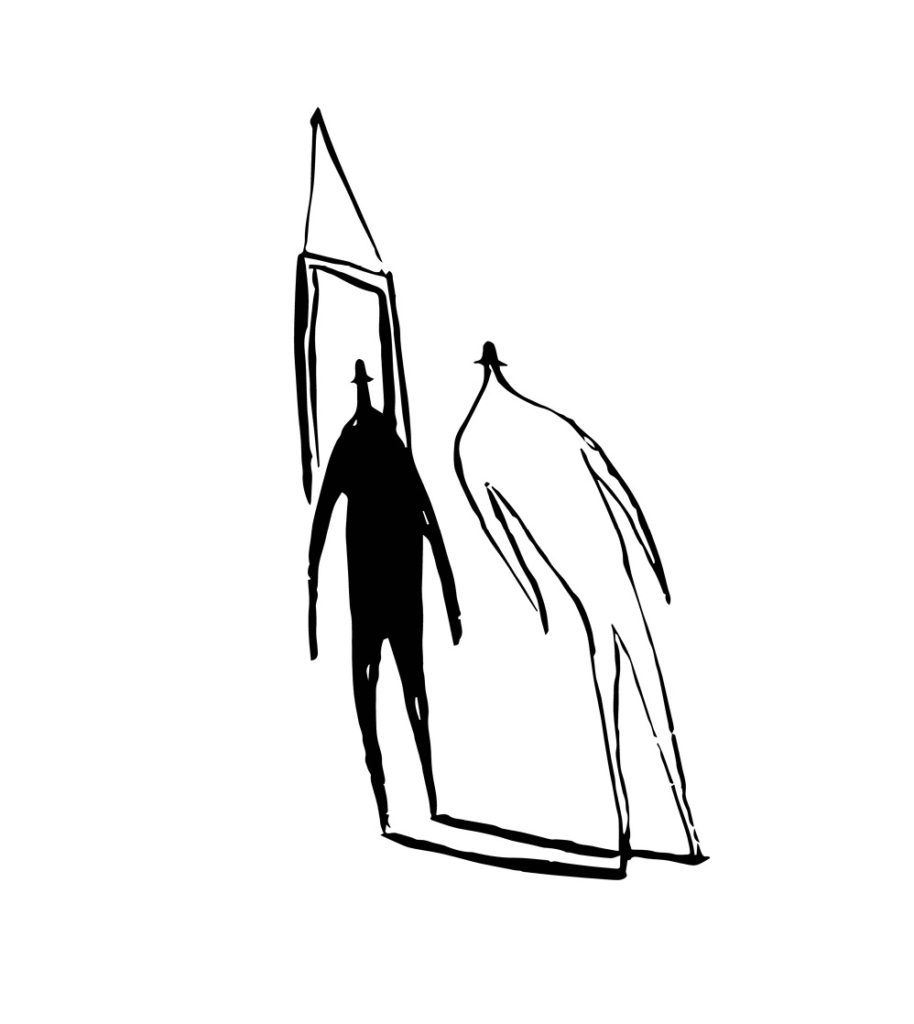
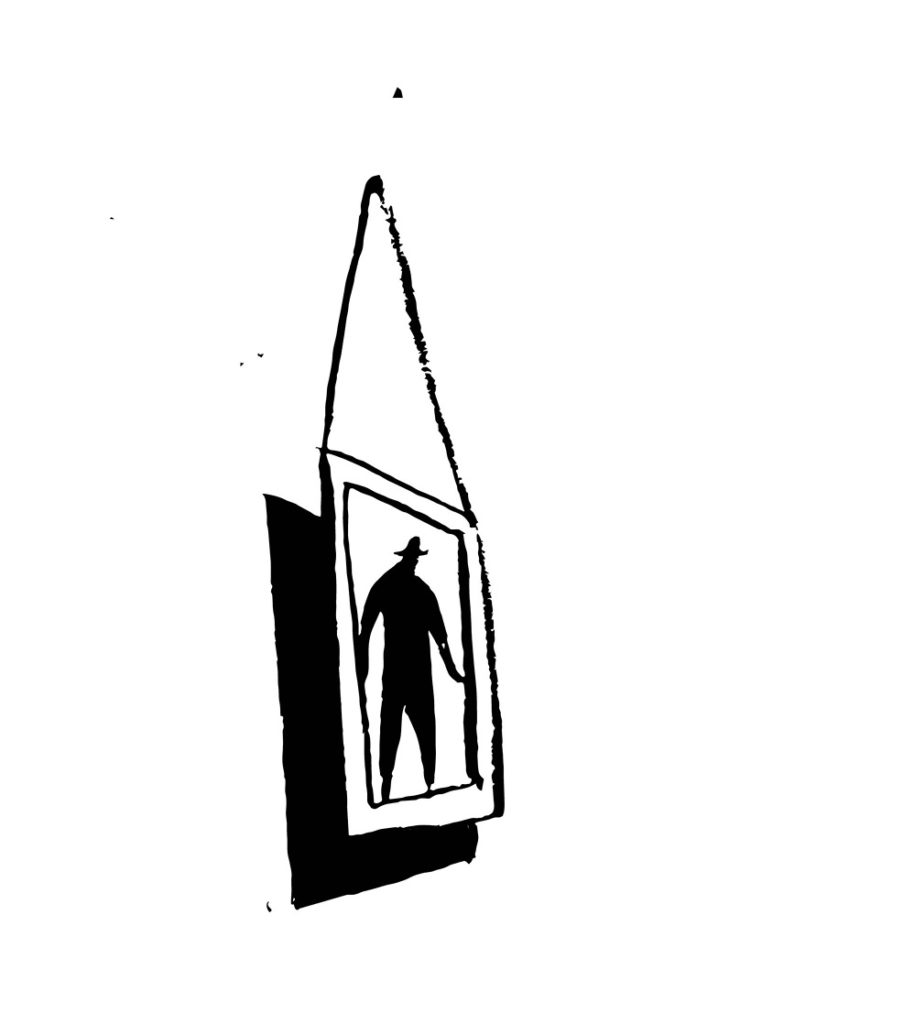
It will affect the daily life of everyone on the planet, and this will necessarily be reflected in art. But in order to halt or even seriously mitigate climate change (it is already too late to ‘stop’ it completely), there will also need to be a profound change, probably a revolutionary change, in the character of our global society and its relations with nature. This, too, cannot fail to transform art.
Human relations with nature are always a function of human social relations, and vice versa. There is always a dialectical interaction, and we see this reflected throughout the history of art. The walls of the caves at Chauvet and Lascaux speak eloquently of a classless society and its symbiotic relationship with the natural world; Rembrandt’s magnificent Slaughtered Ox and Stubbs’s paintings of prize bulls and thoroughbred stallions depict, in their different ways, the commodification of animals, as does Damien Hirst’s Mother and Child Divided today; Gainsborough in Mr and Mrs Andrews does the same for land. Constable and Turner represent different responses to nature in the face of industrialisation and so on.
When it comes to climate change, the historic moment is very different from the Industrial Revolution, or the birth of capitalism, in that we have scientific knowledge in advance of the change that is heading our way, and that change is clearly not progressive. The question arises, therefore, as to the role that art can play in influencing our individual and societal responses to the challenge.
This raises a major political divergence. The dominant discourse regarding the prevention or curbing of climate change is that what is needed is for ‘all of us’ to change our behaviour (eat less beef, drive cars less, fly less in planes, etc.), and in this scenario it is likely that attempts will be made by the rich and powerful to enlist artists, along with the media and public relations ‘experts’, in the cause of altering popular attitudes and habits. It is also likely that this role will appeal to some artists. The Marxist view – my view – of climate change is that its cause and its solution lie not in the behaviour of ordinary people but in the behaviour of giant corporations and states, governed by the central drive of capitalism to accumulate capital. No amount of art, no matter how powerful or exquisite, will be able to negate that drive or significantly modify the behaviour of ExxonMobil and BP, or the US and Chinese state machines. Insofar as art has a part to play in this, it will be rousing and expressing the anger of ‘ordinary’ people against those who are presiding recklessly over the trashing of the planet on which we depend.
I do not mean by this that art which responds to climate change and the many other challenges of the Anthropocene, such as plastification and acidification of the oceans, mounting air pollution in our cities, and the mass extinction of species, will primarily be focussed on agitation and propaganda – though there will doubtless be a place for that. There will also, I would expect, be a place for art that expresses the full range of human emotions generated by this ‘metabolic rift’ opened up between humanity and nature: rage, grief, loss, despair, hope and the rest.
In terms of precedents from the art of the past, there are a number of individual works that might serve as points of reference because they attempt to depict human and environmental catastrophes. For example Turner’s Snowstorm, Henri Rousseau’s War, Hokusai’s Wave, Munch’s Scream, Paul Nash’s We Are Making a New World, Ernst’s Europe after the Rain, Picasso’s Guernica, Pollock’s Lavender Mist, One (Number 31) and others, Anselm Kiefer’s Sau Paulo dystopia Lilith, and the autodestructive art of Gustav Metzger and Jean Tinguely.
However, it is obvious that the scale of the catastrophes represented in these works is tiny compared to the disaster that will befall humanity and the planet in the event of runaway climate change.
When it comes to dealing with climate change and the wider matter of the Anthropocene, the art of the past that most immediately springs to mind as relevant is the land (or earth) art of the sixties and seventies.
Land art, associated with artists such as Richard Long, Robert Smithson and Andy Goldsworthy, arose in response to the new ecological movement of that time, sparked and epitomised by Rachel Carson’s 1962 Silent Spring. It sought to respond to impending ecological crisis not by exposing, depicting or protesting environmental damage, but by encouraging and celebrating a new, positive and reverential, attitude to nature. In art historical terms it emerged ‘out of’ sculpture, in opposition to the abstract hard metal sculptures of David Smith and Anthony Caro and as an extension of the minimalism of Donald Judd and Carl André.

Like all art ‘movements’, land art produced diverse work of varying quality. At one end of its spectrum was Goldsworthy, whose sculptures using natural materials ‘in nature’, were certainly pretty, arguably beautiful, but always slightly saccharine and sentimental. Long’s work, which ranged from records of marks made by walking in remote places to flat circles and lines of natural stone in galleries, was a more radical departure from previous art – more austere and more ambitious and, to my eye, often authentically beautiful. But the outstanding work of this category and time was by Smithson. It was he who made the single most memorable image/object, namely the 1970 Spiral Jetty, and whose art raised the toughest questions about the effects of human actions on nature. But the period of its production meant that land art did not have to deal with anything on the scale of the destruction and calamity threatened in the Anthropocene, and which, therefore, would seem to demand a much ‘angrier’, more urgent or, possibly, more tragic response.
Can it be done? Maybe. If it happens, it will likely be the first truly global art movement.
I have argued that art is a product of creative (i.e., unalienated) labour. In contrast, climate change is, along with nuclear war, one of supreme products of alienated labour.
Not alienated labour as understood by the sociologists – feeling unhappy at work – but as analysed by Marx: as an objective social relation in which human beings come to be dominated by the products of their own labour, which stand over them as an alien and hostile power. Climate change is this in the most literal sense, and in endangering the future of humanity, it obviously also endangers the future of art. It is, therefore, fitting that the forces of art should be mobilised against this deadly force of destruction.
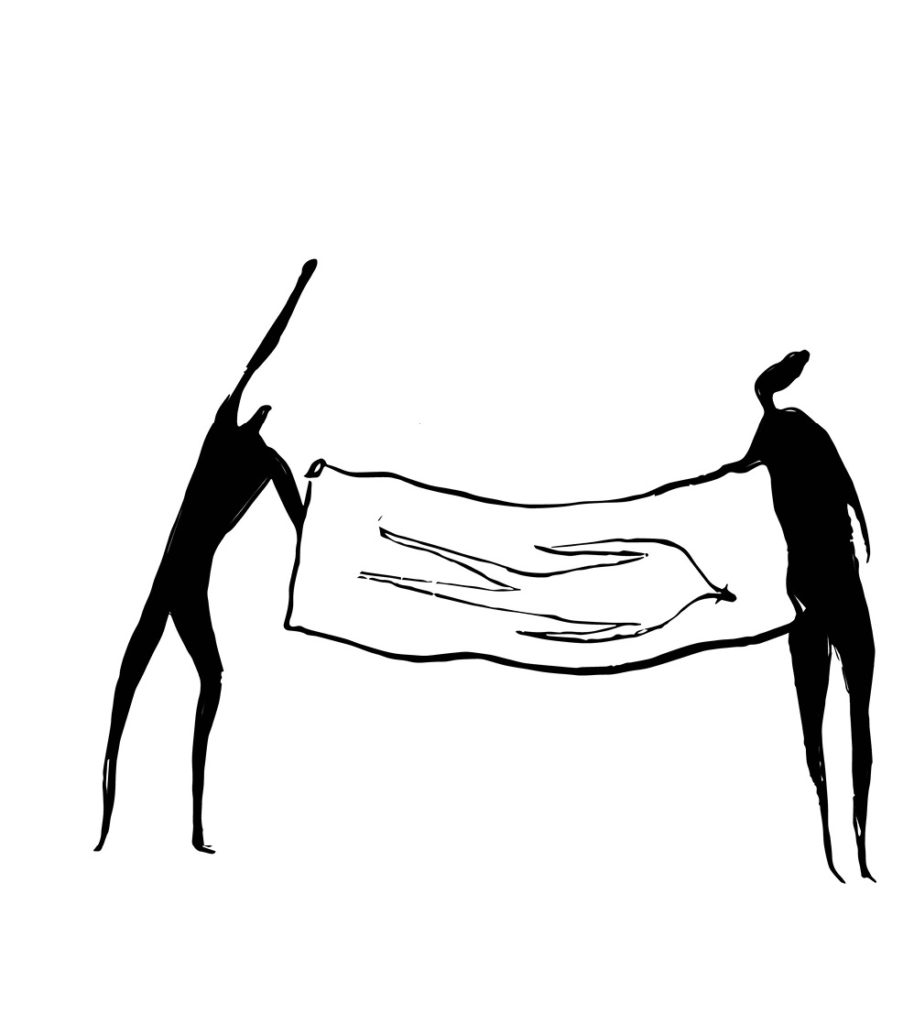
There remains to discuss one overarching problem with the art of the social turn as a whole: namely its overall failure to produce visually powerful art objects. This failure is not absolute, but compared to other art movements, it is real. Compared, for example, to the YBAs, the artists of the social turn are more ethical and politically aware. But where are the memorable images to stand with Hirst’s Mother and Child Divided, Emin’s My Bed or Whiteread’s House? This absence was very evident in the Turner Prize show at the Tate Britain in 2018. The exhibition featured four nominees: Forensic Architecture, Naeem Mohaiemen, Charlotte Prodger, and Luke Willis Thompson. All of their work tackles, as the Tate says, ‘pressing social issues’ – Palestine, anti-colonialism and Islamism, queer identity, and black victims of police violence – from a human rights point of view, by means of video, documentary, archivism, film and so on. It reflects the rather extraordinary politicisation of contemporary art. But the whole show contains virtually nothing in the way of an aesthetically powerful object.




I want to be precise in my argument here. I am not claiming that because of this absence current art is all worthless or heading downhill, or that ‘the social turn’ was a wrong turn. Rather, I’m suggesting merely that this tendency (not absolute of course) to the loss of objecthood is a real loss, in the same sense that the loss of form, in favour of light effects, was a real loss in impressionism or the loss of colour in Picasso’s and Braque’s synthetic cubism was a real loss. And given that human beings have been making ‘beautiful’ and expressively powerful pictures and objects for over thirty thousand years, it is most unlikely that this will cease now. After impressionism, form made its return with Seurat and Cézanne; after synthetic cubism, colour was developed by Matisse and Miró. The question arises, therefore, as to whether the dialectic of modernism will result in avant-garde art, in its next phase, finding a way back to the object without losing all the gains – also real – of the social turn and its accompanying politicisation.
It is obviously impossible to know the precise effect climate change will have on art, but what is certain is that the effect will be enormous. The Industrial Revolution, the French Revolution, modern urbanism, the First World War – all of these historical developments had a profound impact on the history of art. Climate change is a historic development of the same or greater magnitude. If it is allowed to proceed unchecked, and there are strong signs that this is what is going to happen, the consequences (unless the scientists are completely wrong) will be global catastrophe of almost-unimaginable proportions. It will affect the daily life of everyone on the planet, and this will necessarily be reflected in art. But in order to halt or even seriously mitigate climate change (it is already too late to ‘stop’ it completely), there will also need to be a profound change, probably a revolutionary change, in the character of our global society and its relations with nature. This, too, cannot fail to transform art.
Human relations with nature are always a function of human social relations, and vice versa. There is always a dialectical interaction, and we see this reflected throughout the history of art. The walls of the caves at Chauvet and Lascaux speak eloquently of a classless society and its symbiotic relationship with the natural world; Rembrandt’s magnificent Slaughtered Ox and Stubbs’s paintings of prize bulls and thoroughbred stallions depict, in their different ways, the commodification of animals, as does Damien Hirst’s Mother and Child Divided today; Gainsborough in Mr and Mrs Andrews does the same for land. Constable and Turner represent different responses to nature in the face of industrialisation and so on.

When it comes to climate change, the historic moment is very different from the Industrial Revolution, or the birth of capitalism, in that we have scientific knowledge in advance of the change that is heading our way, and that change is clearly not progressive. The question arises, therefore, as to the role that art can play in influencing our individual and societal responses to the challenge. This raises a major political divergence. The dominant discourse regarding the prevention or curbing of climate change is that what is needed is for ‘all of us’ to change our behaviour (eat less beef, drive cars less, fly less in planes, etc.), and in this scenario it is likely that attempts will be made by the rich and powerful to enlist artists, along with the media and public relations ‘experts’, in the cause of altering popular attitudes and habits. It is also likely that this role will appeal to some artists. The Marxist view – my view – of climate change is that its cause and its solution lie not in the behaviour of ordinary people but in the behaviour of giant corporations and states, governed by the central drive of capitalism to accumulate capital. No amount of art, no matter how powerful or exquisite, will be able to negate that drive or significantly modify the behaviour of ExxonMobil and BP, or the US and Chinese state machines. Insofar as art has a part to play in this, it will be rousing and expressing the anger of ‘ordinary’ people against those who are presiding recklessly over the trashing of the planet on which we depend.
I do not mean by this that art which responds to climate change and the many other challenges of the Anthropocene, such as plastification and acidification of the oceans, mounting air pollution in our cities, and the mass extinction of species, will primarily be focussed on agitation and propaganda – though there will doubtless be a place for that. There will also, I would expect, be a place for art that expresses the full range of human emotions generated by this ‘metabolic rift’ opened up between humanity and nature: rage, grief, loss, despair, hope and the rest.
In terms of precedents from the art of the past, there are a number of individual works that might serve as points of reference because they attempt to depict human and environmental catastrophes. For example Turner’s Snowstorm, Henri Rousseau’s War, Hokusai’s Wave, Munch’s Scream, Paul Nash’s We Are Making a New World, Ernst’s Europe after the Rain, Picasso’s Guernica, Pollock’s Lavender Mist, One (Number 31) and others, Anselm Kiefer’s Sau Paulo dystopia Lilith, and the autodestructive art of Gustav Metzger and Jean Tinguely.



When it comes to dealing with climate change and the wider matter of the Anthropocene, the art of the past that most immediately springs to mind as relevant is the land (or earth) art of the sixties and seventies.
Land art, associated with artists such as Richard Long, Robert Smithson and Andy Goldsworthy, arose in response to the new ecological movement of that time, sparked and epitomised by Rachel Carson’s 1962 Silent Spring. It sought to respond to impending ecological crisis not by exposing, depicting or protesting environmental damage, but by encouraging and celebrating a new, positive and reverential, attitude to nature. In art historical terms it emerged ‘out of’ sculpture, in opposition to the abstract hard metal sculptures of David Smith and Anthony Caro and as an extension of the minimalism of Judd and André.
Like all art ‘movements’, land art produced diverse work of varying quality. At one end of its spectrum was Goldsworthy, whose sculptures using natural materials ‘in nature’, were certainly pretty, arguably beautiful, but always slightly saccharine and sentimental. Long’s work, which ranged from records of marks made by walking in remote places to flat circles and lines of natural stone in galleries, was a more radical departure from previous art – more austere and more ambitious and, to my eye, often authentically beautiful. But the outstanding work of this category and time was by Smithson. It was he who made the single most memorable image/object, namely the 1970 Spiral Jetty, and whose art raised the toughest questions about the effects of human actions on nature. But the period of its production meant that land art did not have to deal with anything on the scale of the destruction and calamity threatened in the Anthropocene, and which, therefore, would seem to demand a much ‘angrier’, more urgent or, possibly, more tragic response.

Can it be done? Maybe. If it happens, it will likely be the first truly global art movement.
I have argued that art is a product of creative (i.e., unalienated) labour. In contrast, climate change is, along with nuclear war, one of supreme products of alienated labour. Not alienated labour as understood by the sociologists – feeling unhappy at work – but as analysed by Marx: as an objective social relation in which human beings come to be dominated by the products of their own labour, which stand over them as an alien and hostile power. Climate change is this in the most literal sense, and in endangering the future of humanity, it obviously also endangers the future of art. It is, therefore, fitting that the forces of art should be mobilised against this deadly force of destruction.

John Molyneux is a socialist, activist and writer.
This essay is taken from Molyneux’s new book, The Dialectics of Art, available from Haymarket Books. Order your copy here.
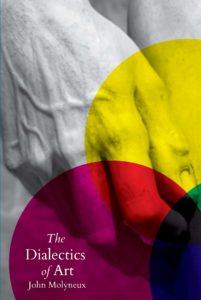
Zoe shields is a Dublin-based illustrator working in both digital and traditional mediums, find more of her work on instagram at @zsillustration or zsillustration.wordpress.com
Molly Judd, born 1991, is an Irish painter who began her studies at the Florence Academy of Art in 2009.
